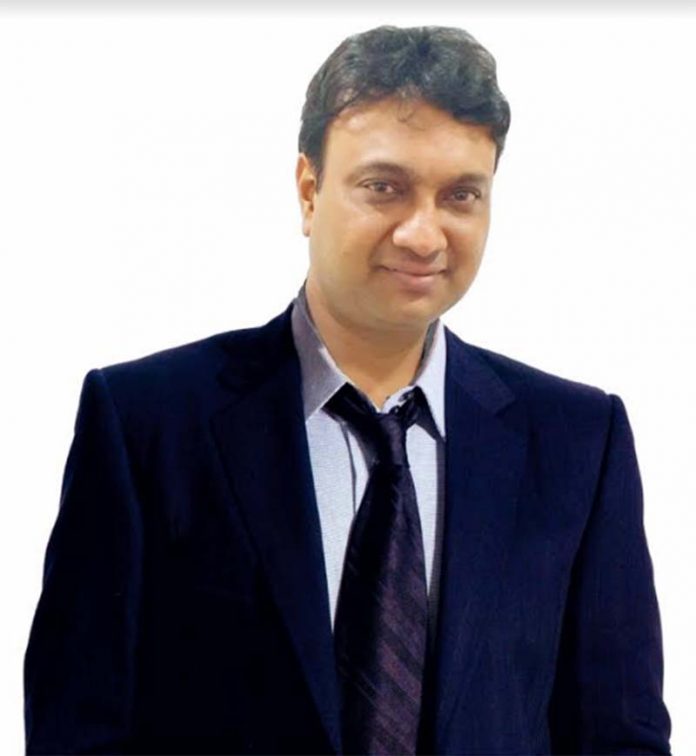DEEP BRAIN STIMULATION (DBS): THE BRAIN “PACEMAKER”
Authored by Dr Vikash Agarwal, DBS & Parkinson’s Disease Specialist, Gleneagles Global Health City, Chennai
Parkinson’s disease (PD) is a degenerative disease of the nervous system, affecting primarily the brain, but also other structures such as the peripheral autonomic nervous System.PD is more common in older people (affecting about 1% of people over the age of 60), but younger individuals can also be affected. It is slightly more common in men than women. The common motor problems of PD are rest tremor (although this is not present in all patients), bradykinesia (slowing of movements that makes everyday tasks difficult) and muscle rigidity.
The diagnosis of PD is based on the presence of these motor problems. The bradykinesia of PD is often described by patients as a “weakness” of a hand or leg, but strength testing reveals no abnormalities. Imbalance (postural instability) with falls occurs only in the later stages of the disease. Most patients with early-stage PD experience motor symptoms on only one side of the body. However, it soon spreads to the other side but typically remains asymmetric throughout the disease course.
Non-motor symptoms also occur frequently.Some examples include fatigue, anxiety, depression, slowness of thinking, difficulty concentrating, visual hallucinations, pain or paraesthesia, constipation, urinary frequency or urgency, postural light headedness, excessive sweating, and sleep disturbances (e.g., dream-enacting behaviours with shouting or kicking during sleep, or excessive sleepiness during the day). In some patients, non-motor symptoms such as hyposmia (reduced ability to smell and to detect odours), REM sleep behavior (RBD), constipation and depression have been found to precede motor symptoms of PD.
A lack of the neurotransmitter dopamine in the brain is the cause of the motor (and possibly some non-motor) problems in PD. However, the underlying reason why people develop PD is still not fully understood, hence the term “idiopathic” PD.
Deep brain stimulation (DBS) surgery of the sub thalamic nucleus (STN) orglobus pallidus internus (GPi) has been in clinical use for the treatment of PD since the 1980s.In the latest version of the International Movement Disorder Society, Evidence-Based Medicine (EBM) guidelines for the treatment of PD motor symptoms, DBS of the STN or GPi was designated “efficacious” (the highest level of efficacy designation) and “clinically useful” for the treatment of both motor fluctuations and dyskinesia.DBS results in an average 50-70% improvement in motor Fluctuations (ON-OFF phenomenon) and levodopa induced dyskinesia and is superior to best medical therapy in improving quality of life in PD patients.Studies have also demonstrated the effectiveness of DBS in improving L-dopa-responsive signs and symptoms in the long term.In general, patients undergoing DBS should be under the age of 70 and otherwise medically fit, without major cognitive impairment or severe treatment-refractory psychiatric disorders.
Another important factor is the post DBS programming which should be done by the neurologist and DBS specialist. If this is done inadequately the results are sub-optimal. Reprogramming such patients properly can give very good results as expected preoperatively, provided the patient selection is adequate.
DBS should be done as a teamwork involving movement disorder specialist who is a neurologist, functional neurosurgeon,psychiatrist, neuropsychologist and neurocritical team who makes sure that the right candidate for the treatment is considered. Currently DBS is approved for as early as 4 years of onset of PD symptoms with motor fluctuations (0N-OFF phenomenon). DBS is a wonderful surgery provided it is done by a right team for the right patient at the right time, giving the maximum benefit & finally improving the quality of life to the patient and decreasing the caregiver burden.






